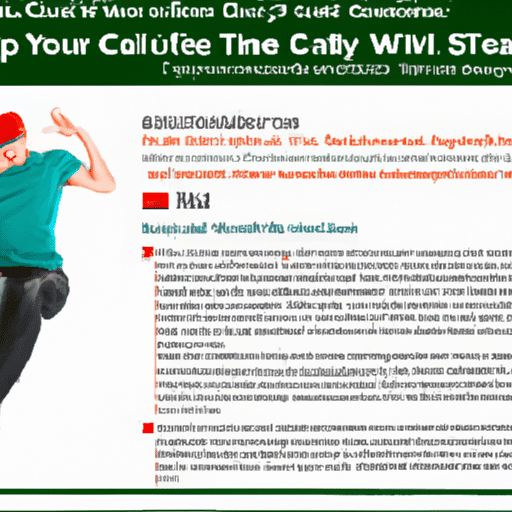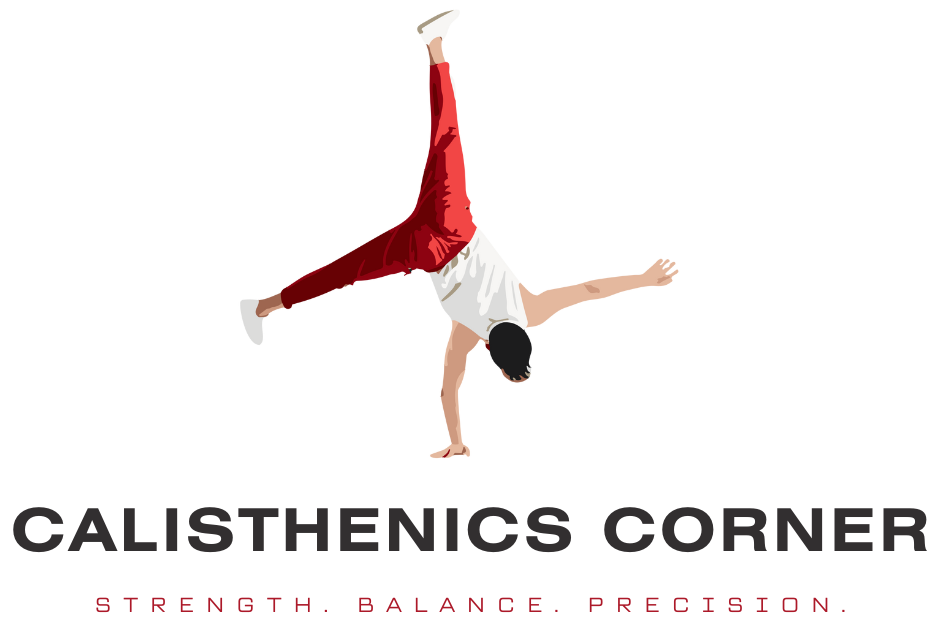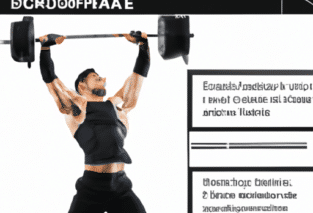So, you’ve come across the word “calisthenics,” but you’re not quite sure how to pronounce it? Don’t worry, you’re not alone! Calisthenics, pronounced kuh-lis-then-iks, is a form of exercise that doesn’t require any special equipment. But before you start diving into the world of calisthenics, let’s make sure you know how to say it right.
Origin of the Word
Greek Origins
Calisthenics is a word that has its origins in ancient Greece. The word is derived from two Greek words: “kallos,” which means beauty, and “sthenos,” which means strength. When combined, these words give us the term calisthenics, which refers to exercises that promote physical fitness and strength.
Definition of Calisthenics
Calisthenics, in its simplest definition, refers to a form of exercise that uses the body’s own weight and movements to build strength, flexibility, and endurance. It involves a series of rhythmic, flowing exercises that are performed without the use of equipment or weights. Often compared to gymnastics, calisthenics is an effective way to improve overall fitness levels and enhance muscle tone.
Correct Spelling and Pronunciation
Breaking Down the Word
To properly understand the pronunciation of calisthenics, it’s helpful to break the word down into syllables. Cal-isth-en-ics consists of four syllables. Each syllable has a distinct sound that, when combined, forms the word calisthenics. This breakdown can assist in the proper pronunciation of the word.
Common Mispronunciations
Although calisthenics may seem like a straightforward word, it is often mispronounced due to its unfamiliarity or confusing spelling. One of the most common mispronunciations is “kal-i-sthe-niks,” where the emphasis is wrongly placed on the second syllable. Another common mispronunciation is “ka-lis-then-ics,” where the emphasis is placed on the third syllable instead of the first.
Pronunciation Guide
Phonetic Transcriptions
To help in understanding the correct pronunciation, using phonetic transcriptions can be beneficial. Phonetic transcriptions use symbols to represent each sound in a word. In the case of calisthenics, it can be phonetically transcribed as /kæləsˈθɛnɪks/. These symbols provide a more accurate representation of the sounds in the word and can aid in pronouncing it correctly.
Syllable Pronunciation
Each syllable in calisthenics has its own pronunciation. The emphasis in the word falls on the first syllable, “cal.” The “a” is pronounced like the “a” in the word “cat.” The second syllable, “isth,” is pronounced with a short “i” sound like “is” and a soft “th” sound, as in the word “bath.” The third syllable, “en,” is pronounced like the “en” in the word “pen.” The final syllable, “ics,” is pronounced with a short “i” sound followed by a “ks” sound, similar to the word “kicks.”
Tips for Correct Pronunciation
Practice Speaking Out Loud
To improve your pronunciation of calisthenics, it is important to practice speaking out loud. Repeat the word several times, focusing on the correct syllable stress and individual sounds. A mirror can be a helpful tool to observe your mouth movements and make any necessary adjustments.
Understanding Stress Patterns
Stress patterns can greatly affect the pronunciation of a word. In the case of calisthenics, the primary stress falls on the first syllable, while the following syllables are unstressed. Paying attention to stress patterns and emphasizing the correct syllables contributes to accurate pronunciation.
Regional Variations in Pronunciation
British English vs. American English
The pronunciation of words can differ between British English and American English. Calisthenics is no exception. In British English, the word is typically pronounced with the emphasis on the second syllable, “is.” American English, on the other hand, follows the standard pronunciation with the emphasis on the first syllable, “cal.” It’s important to be aware of these regional variations when conversing with people from different English-speaking countries.
Accents and Dialects
Within each country, there are also various accents and dialects that may influence the pronunciation of calisthenics. Accents can affect the way certain sounds are produced, resulting in slight variations in pronunciation. It’s important to keep in mind that while there may be differences, the general pronunciation guidelines mentioned earlier still apply.
Difference between ‘K’ and ‘C’ Pronunciations
K Sound
The letter ‘K’ in calisthenics is pronounced as a hard ‘K’ sound. This sound is made by producing a sharp release of air at the back of the throat while the tongue touches the roof of the mouth. The ‘K’ sound is distinct and can be easily identified in the pronunciation of calisthenics.
S Sound
The ‘C’ in calisthenics is pronounced as an ‘S’ sound. This pronunciation is common when the letter ‘C’ is followed by the vowels ‘E’ or ‘I.’ The ‘S’ sound is softer and is produced by creating a hissing sound with the tip of the tongue against the roof of the mouth. In calisthenics, the ‘C’ is followed by the vowel ‘a,’ resulting in the ‘K’ sound discussed earlier.
Commonly Mispronounced Sounds
Soft ‘C’ Sound (like an ‘S’)
As mentioned earlier, the ‘C’ in calisthenics is not pronounced as a soft ‘C’ sound. However, it’s important to note that the soft ‘C’ sound can occur in other words. This sound is similar to an ‘S’ sound and is often present when the letter ‘C’ is followed by the vowels ‘E,’ ‘I,’ or ‘Y.’ Examples of this sound can be found in words such as “city” or “century.”
Soft ‘G’ Sound (like a ‘J’)
Similar to the soft ‘C’ sound, the soft ‘G’ sound can be incorrectly applied to calisthenics. The soft ‘G’ sound occurs when the letter ‘G’ is followed by the vowels ‘E,’ ‘I,’ or ‘Y.’ It produces a ‘J’ sound, like in the word “gem.” However, in calisthenics, the ‘G’ sound is not present, and it should be pronounced as a hard ‘K’ sound.
Pronunciation Resources
Online Audio Guides
Online audio guides provide a convenient way to learn proper pronunciation. Many language learning websites and dictionaries offer audio recordings of words, including calisthenics. By listening to these recordings, you can familiarize yourself with the correct pronunciation and improve your own pronunciation skills.
Pronunciation Apps
There are also various smartphone applications available that specifically focus on improving pronunciation. These apps often include exercises, audio recordings, and interactive features to help you practice and perfect your pronunciation of words like calisthenics. Utilizing these resources can enhance your understanding and mastery of pronunciation.

Final Thoughts
Embrace the Process
Pronunciation is a skill that can be developed and refined over time. Whether you are familiar with calisthenics or are encountering the word for the first time, embrace the process of learning its correct pronunciation. Remember that it’s okay to make mistakes and that gradual improvement is key.
Continual Improvement
Language and pronunciation are dynamic, and there is always something new to learn. As you continue to expand your English vocabulary, seize opportunities to improve your pronunciation skills. Listen to native speakers, practice with others, and remain open to feedback. With dedication and perseverance, you can confidently pronounce calisthenics and other words accurately.








